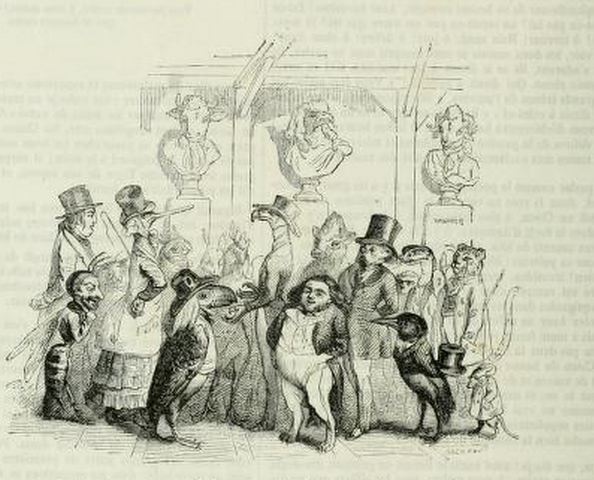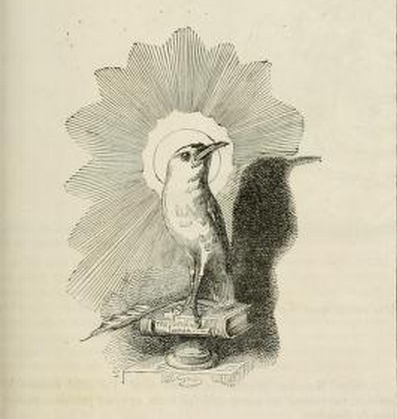Dear Readers, please begin not by reading, but by viewing the following:
You may have noticed, while watching, certain details:
1) The man wearing the mask of a bird of prey begins not by lending his attention to any thing or character in the film, but to us, his audience.
2) The apparently perished bird he gently lifts from the baluster exists, in this moment, only for us, and when the magician – dangerously – turns his back, hiding his movements and intentions, it is us to whom his back is turned.
3) As he begins his slow walk down the hallway – which might easily, with small adjustments, be located in a museum – and now drawing the attention of the ballgoers, certain figures keep catching the eye: matching black ravens, sly and standing apart, who promise to be accomplices or co-conspirators, but never reveal themselves as such.
4) The strange soulfulness of the inanimate gaze between two masks, duck and bird of prey, suggests that they too are accomplices, and especially the silk corsage she (of the duck mask) so conveniently wears. However, the rest of the film gives no indication that she knows, or could possibly know him.
5) The climactic moment of the mirror, with the sinister reappearance of the bird of prey, is announced by the chiming of a clock that rather oddly resembles a ringing bell.
6) The bird of prey leaves the scene silently and alone.
7) A bird is resurrected, a man dies. But he dies speaking of the “joy” of this moment.
8) The scene feels entirely self-contained – and in fact, upon viewing the entire film, nothing else in it matches its intensity and its aura of hidden meaning.
Our question: Is there, indeed, a hidden meaning here? If so, who is responsible for its insinuation into the film?
It has been hypothesized that this masked ball scene drew some of its inspiration from the oeuvre of J.J. Grandville, from which, in closing, we reproduce two lithographs:


